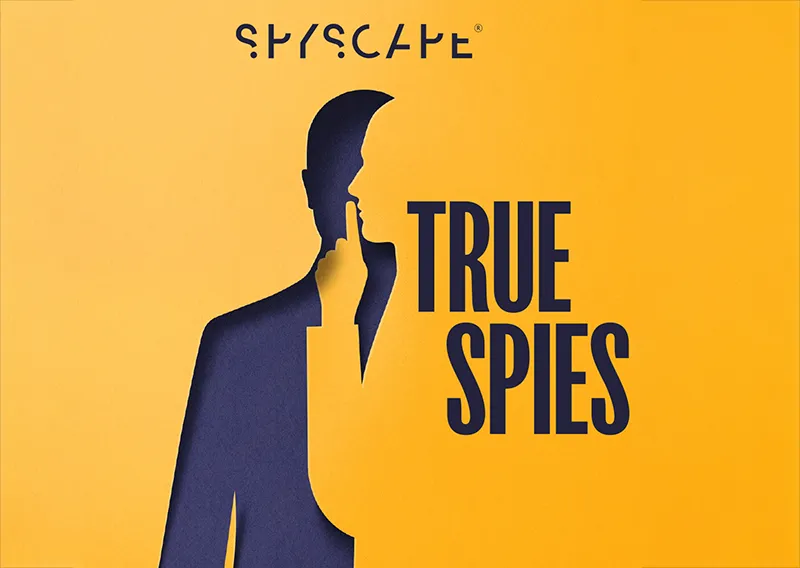The Prompt's The Thing: An Essential Guide To Google Bard
Bard - Google’s competitor to Large Language Models (LLMs) such as Chat-GPT and Bing - has had a difficult start to life, filled with negative publicity, but behind the harsh press there is much to like about the plucky young AI. All LLMs have their strengths and weaknesses, but Bard is a solid all-rounder that handles most tasks well; and because it is powered by Google’s own LaMDA model - rather than the now ubiquitous GPT - it has a more conversational style than its rivals, and excels at language-based tasks.
In order to help you get the most out of this engine, here’s some advice on writing effective Bard prompts!
CHATBOT IS CHATTY
One of Bard’s most appealing qualities is its apparent willingness to shoot the breeze on any subject; while its major rivals tread carefully with replies that are laced with disclaimers and limitations, Bard seems like a free-wheeling spirit. This is by design; the LaMDA model was deliberately trained on human narrative and dialogue sources to promote this discursive style.
"The brand new social experience where you activate your gaming skills as you train like a spy."
- TimeOut
Take on thrilling, high-energy espionage challenges across different game zones.

This is both a help and a hindrance; it’s important to stress that with Bard in particular, you should be very careful in taking anything that it says at face value! Google discovered this to their cost when a Bard hallucination wiped $100bn off of parent company Alphabet’s share price, and that expensive lesson is one we can all learn from: Bard likes to talk, but is less keen on checking facts! This is not just a warning, but informs everything about how we approach prompting Bard.
BUILD A PROMPT, BUT KEEP A RECORD
A good way to approach Bard is to view your question as the end goal, and work out how to arrive at it through discussion with the AI. Begin with a small, general question, and then refine your prompt to get a more precise response. For example, you can begin by asking for interesting suggestions of cities to visit for a weekend break, and then drill down into details of a specific city’s attractions to help plan out your trip.
This more conversational approach usually pays dividends, but it’s worth remembering that Bard - at least at the time of writing - is unpredictable about memory. Usually it will comfortably recall details of a conversation you’ve had over multiple prompts, but it can also inexplicably lose the thread of a discussion without warning. As such, it’s always a good idea to maintain a text copy of your prompt in a separate tab or app. This will allow you to both progressively update the prompt, and quickly jumpstart the conversation if Bard loses interest in your mundane human problems.
PLAY TO THE BARD’S STRENGTHS
One of Bard’s most useful features is its contemporary knowledge; unlike ChatGPT and Bing, the LaMDA model that powers Bard is continuously updated, and unlike ChatGPT it is also able to refer to live documents on the internet. This means that, for example, you can pass Bard two links to online text documents and ask it to compare them for you.
As always, the results may be riddled with hallucinations (see the example below where Bard completely makes up quotes from classic literature texts, even though it can read the text of both books!), so take the answers with a large pinch of salt...

PERSONA PRIME
As with all LLMs, one of the most powerful techniques for corralling the AI is to use “personas” in your prompts. This involves instructing the AI to roleplay according to certain user-defined rules; the simplest way to approach this is to assign the AI a persona of a celebrity or famous fictional figure. It will then attempt to answer all subsequent queries in that persona’s style.
This can be a lot of fun, and thanks to its LaMDA engine Bard excels at it; it’s especially good at portraying fictional characters, and will discuss the events of films, books and television programs as if they were real events. Personas are a very powerful tool, and can be used in a wide variety of ways to force the AI into certain behaviors; for a closer look at some of the ways you can take advantage of this feature, check out our guide to assembling a council of advisors through ChatGPT.

EXPERIMENTAL FEATURES
Finally, the best advice any guide to AI chatbot use can give: when in doubt, ask the bot directly. With Bard, this can be a double-edged sword given its propensity to cheerfully lie about any subject - even when the truth is close at hand! - but asking Bard about best practice for prompting itself can yield interesting results.
At the time of writing - and this is highly likely to change in the future - Bard is occasionally advising users that they can use “flags” to modify prompts and set parameters for its responses. If you’re familiar with our guide to Midjourney prompting you will know all about flags already; a commonly used term in programming, they’re simply suffixes you can add to a prompt to set certain parameters for the response.
Bard is only occasionally advising users of this functionality because it’s technically not supposed to be public, and Google would prefer you to use conversational gambits with LaMDA, not hacker tricks. Nonetheless, they seem to work!
Simply append the –flag to the end of your prompt to set the parameter. Here’s a selection of options you can try:
- -a or --answers: This flag can be used to specify the number of answers that Bard should generate. The default is 1, but you can increase the number to get a variety of options, or decrease it to give Bard a stress headache.
- -f or --format: This flag can be used to specify the format of the output. You can specify the format as "markdown", "html", or "plain text", and Bard will do its best to structure its responses in that way. If asking for tabulated data, using the markdown format can be very helpful.
- -l or --language: This flag can be used to specify the language that Bard should use. The default is English.
- -s or --size: This flag can be used to specify the maximum number of characters in the output. The default is 1000, and the maximum 5000. By altering this parameter you can drastically alter Bard's output!
- -t or --temperature: This flag can be used to specify the temperature of the output. The temperature controls the creativity of the output. A higher temperature will result in more creative output, but it may also result in less coherent output. You can set the temp at anywhere between 0 and 1; the default temperature is 0.5
- -c or --category: This flag can be used to specify the "category" of the prompt. Bard lists the available categories as "coding, creative, factual, fun, general, music, news, science, sports, and writing", and these can affect the output in unpredictable ways.
You can combine these flags for extra control. For example, try these two prompts out and note the difference between the results!
- Tell me something I don't know! --size 50 --temperature 0.1 --category factual
- Tell me something I don't know! --size 5000 --temperature 1 --category fun
SPYSCAPE+

Join now to get True Spies episodes early and ad-free every week, plus subscriber-only Debriefs and Q&As to bring you closer to your favorite spies and stories from the show. You’ll also get our exclusive series The Razumov Files and The Great James Bond Car Robbery!


Gadgets & Gifts
Explore a world of secrets together. Navigate through interactive exhibits and missions to discover your spy roles.
Your Spy Skills
We all have valuable spy skills - your mission is to discover yours. See if you have what it takes to be a secret agent, with our authentic spy skills evaluation* developed by a former Head of Training at British Intelligence. It's FREE so share & compare with friends now!
* Find more information about the scientific methods behind the evaluation here.


Stay Connected
Follow us for the latest
TIKTOK
INSTAGRAM
X
FACEBOOK
YOUTUBE